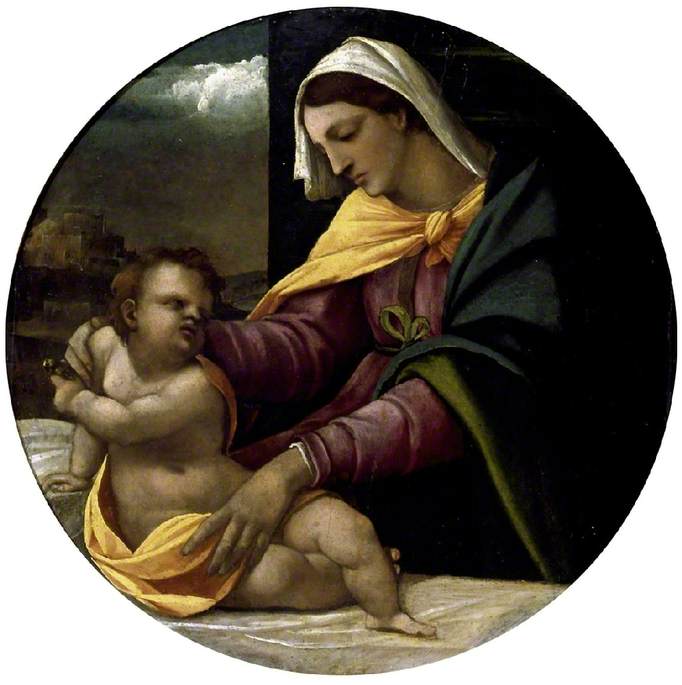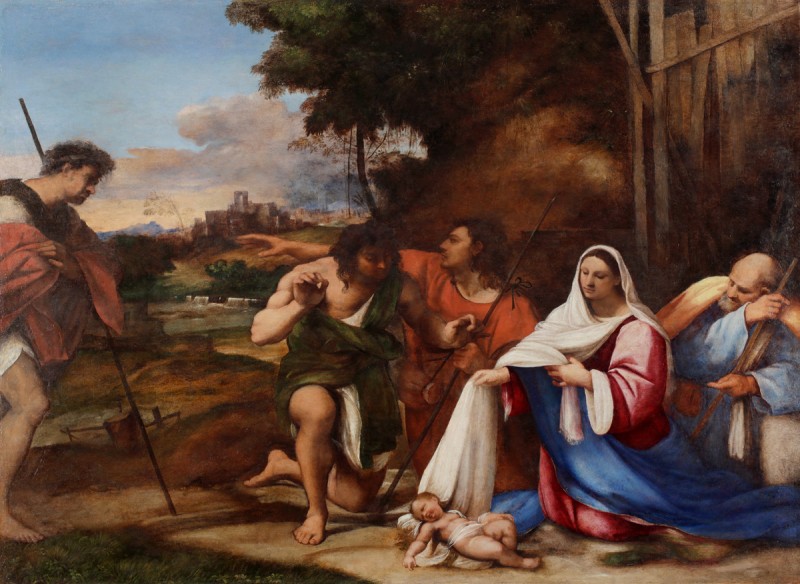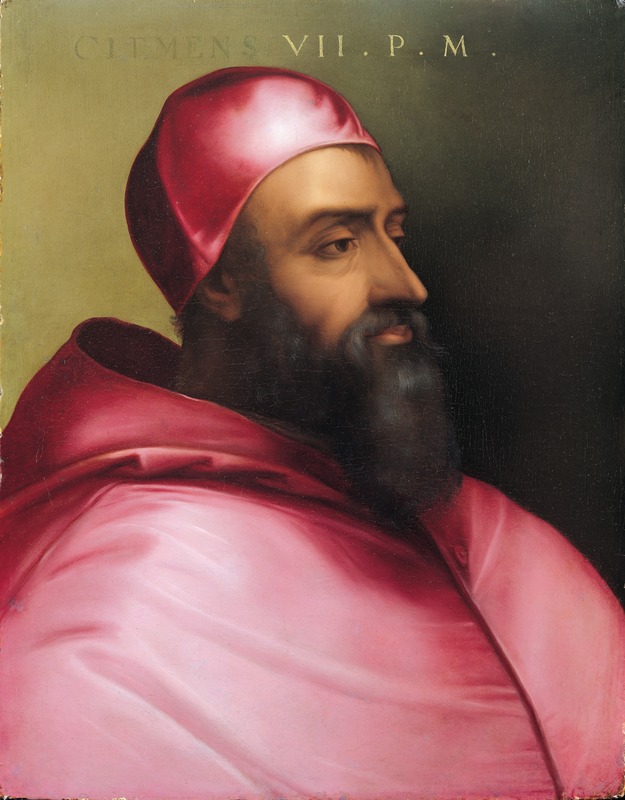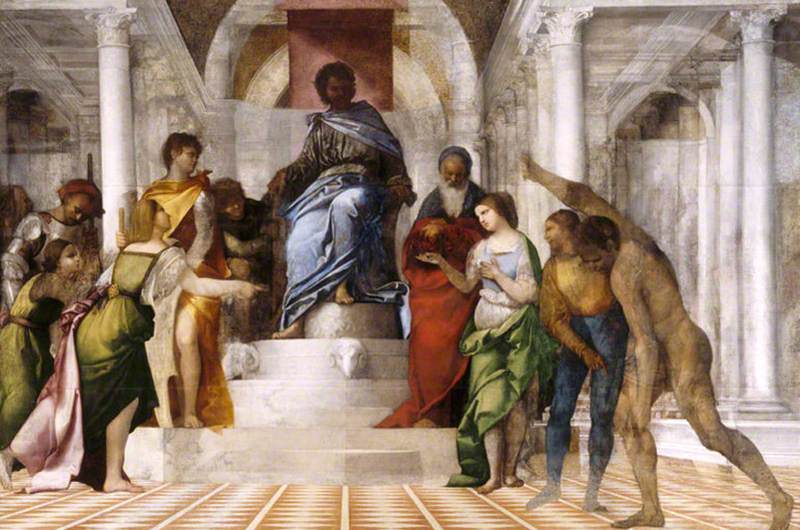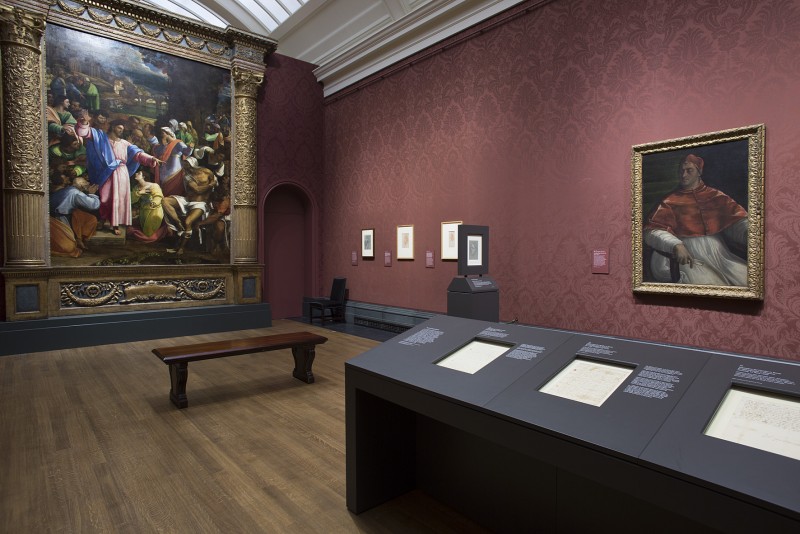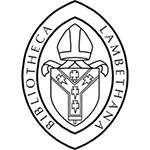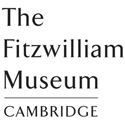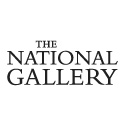(b ?Venice, c.1485; d Rome, 21 June 1547). Venetian painter, active mainly in Rome. According to Vasari, he trained with Giovanni Bellini, but his early work was most strongly influenced by Giorgione, whose Three Philosophers (KH Mus., Vienna) Sebastiano is said to have completed after the master's death in 1510. Their styles, indeed, can be so close as to cause paintings to be disputed between them, most notably the unfinished Judgement of Solomon (Kingston Lacy, Dorset, NT). This large and impressive work was attributed to Giorgione by Ridolfi, but scholarly opinion now increasingly gives it to Sebastiano. The half-length Salome (or Judith?) (1510, NG, London) shows the magnificent painterly skills of an undoubted work of Sebastiano at this date; it has a sensuous beauty reminiscent of Giorgione, but also a statuesque grandeur that is Sebastiano's own.
Read more
In 1511 he moved to Rome at the invitation of the banker and patron Agostino Chigi, and he remained there for the rest of his life apart from a visit to Venice in 1528–9 after the Sack of Rome. For Chigi he painted mythological frescos at the Villa Farnesina, where Raphael also worked. It was with Michelangelo rather than Raphael, however, that Sebastiano formed a friendship and a professional relationship. Michelangelo not only recommended him to people of influence, but also made drawings for him to work from, as with the Raising of Lazarus (1517–19, NG, London). This was commissioned by Cardinal Giulio de' Medici (later Pope Clement VII) for the cathedral in Narbonne (of which he was archbishop); it was painted in rivalry with Raphael's Transfiguration (Pinacoteca, Vatican), intended for the same church, and Vasari suggests that Michelangelo helped Sebastiano in order to discredit the Raphael faction, who had denigrated his powers as a colourist. Under Michelangelo's guidance Sebastiano's work became grander in form whilst losing much of its beauty of handling, the lack of sensuous appeal being accentuated when he began experimenting with painting on slate (see panel). Some of the finest works of Sebastiano's Roman years are his portraits, and after Raphael's death (1520) he had no rival in the city in this field, his work attaining a distinctive sombre dignity. Clement VII, the subject of one of Sebastiano's finest portraits (1526, Mus. di Capodimonte, Naples), appointed him to the lucrative post of keeper of the papal seals in 1531 and after this he was less active as a painter. The seals were made of lead, piombo in Italian, hence Sebastiano's nickname.
Text source: The Oxford Dictionary of Art and Artists (Oxford University Press)
